Fact Vs.Fiction: How Accurate Is Green Book To The Real Story Of Dr. Don Shirley?
At the 2019 Academy Awards, Green Book, written and directed by Peter Farrelly, won Best Picture. The movie follows the 1962 tour of acclaimed black pianist Don Shirley and his friendship with Tony Vallelonga, his white driver. Since winning the Oscar, the film has come under scrutiny for changing the truth behind the narrative to fit the Hollywood's mold. So just how much of the film, which was co-written by Tony's son, Nick Vallelonga, is true, and how much was lost in translation?
Shirley's Family Was Not Happy
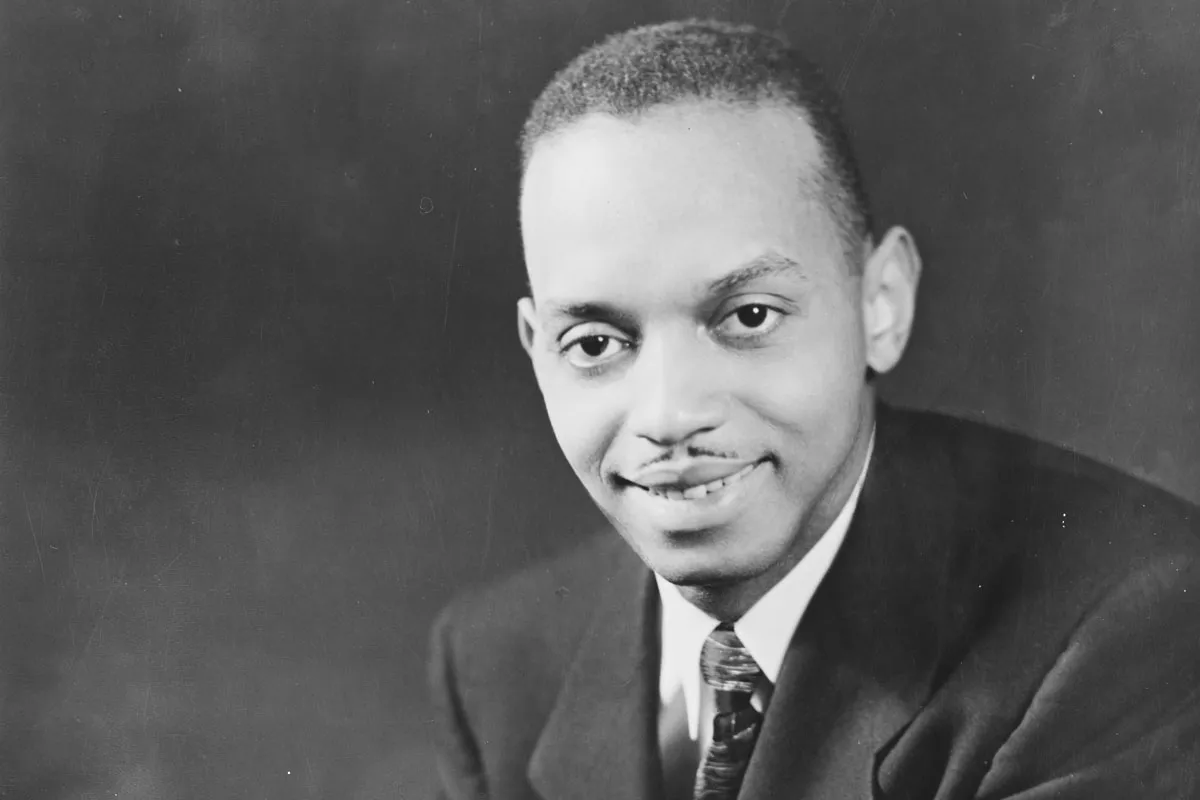
Don Shirley's family was shocked by the film. They revealed after it came out that they were never consulted during production and that the relationship portrayed between Shirley, his family, and Tony Vallelonga, was not accurate.
Maurice Shirley, Don's brother, said, "My brother never considered Tony to be his 'friend'; he was an employee, his chauffeur (who resented wearing a uniform and cap). This is why context and nuance are so important. The fact that a successful, well-to-do Black artist would employ domestics that did NOT look like him, should not be lost in translation."
Nick Vallelonga Wasn't Allowed To Consult The Shirleys
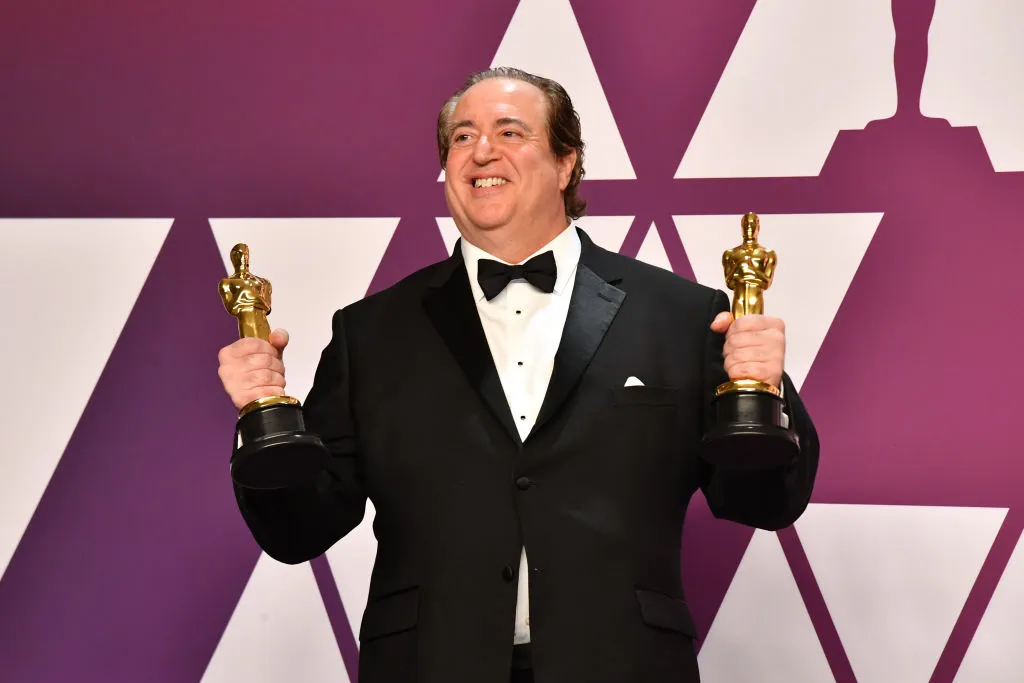
Nick Vallelonga defended the film, saying that before Don Shirley passed away, he asked Tony's son not to consult with the Shirley's about the movie. He said, "to be quite honest with you, Don Shirley himself told me not to speak to anyone... He only allowed me to tell what happened on the trip."
Adding fuel to the family's fire, Vallelonga added, " Since [the family] were not on the trip—this is right out of his mouth—he said, 'No one else was there but your father and I. We've told you.’ And he approved what I put in and didn’t put in."
Mahershala Ali Apologized To The Shirley Family
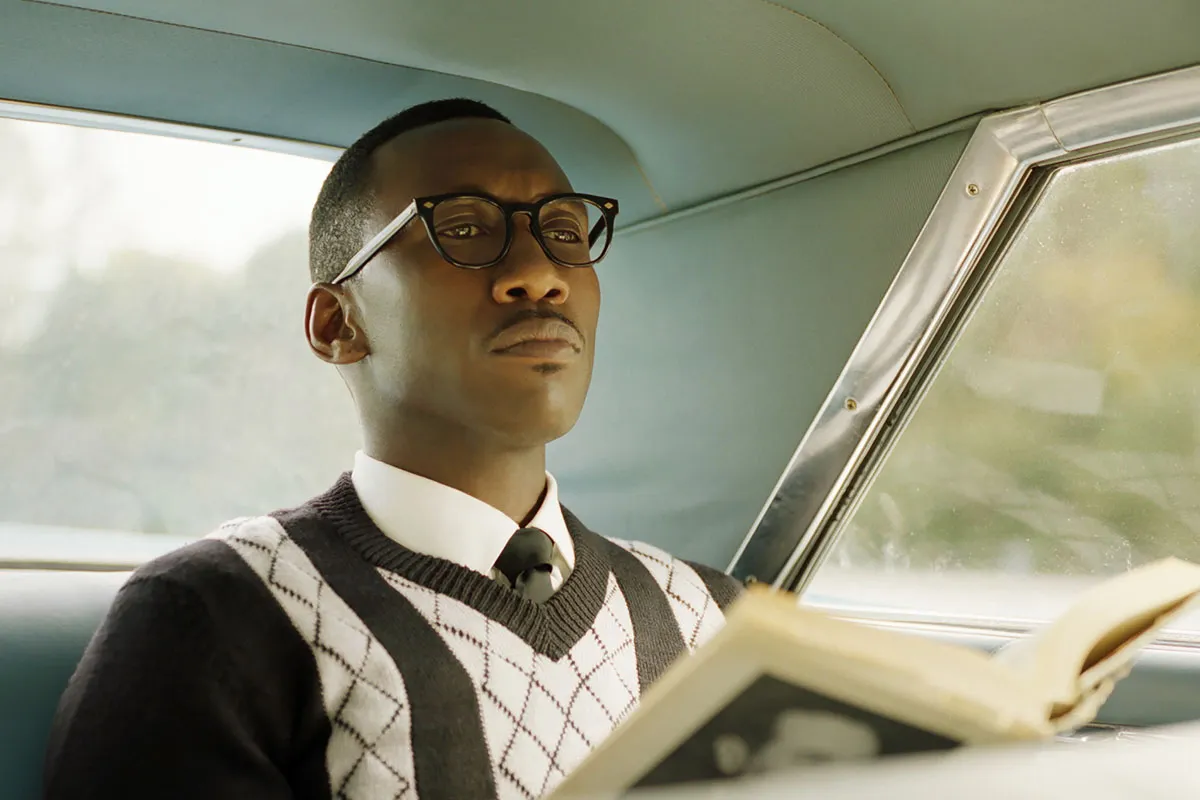
Mahersahla Ali won an Oscar for his portrayal of Don Shirley. Before being given one of the industry's highest honors, he apologized to Shirley's nephew, Edwin Shirley III, for the family's lack of involvement.
He said he did not know there were, "close relatives with whom I could have consulted to add some nuance to the character." He added that he did the best with the material he was given. Clearly the Academy agreed after naming him the 2018's Best Supporting Actor.
Peter Farrelly Wasn't Aware Shirley Had Any Living Family
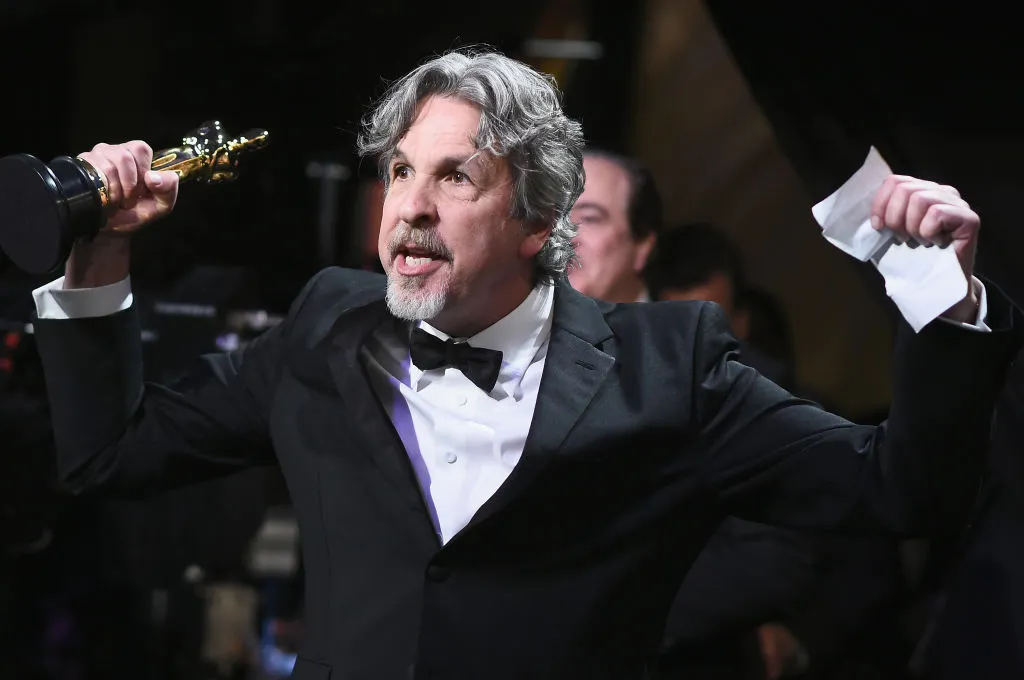
Peter Farrelly walked away from the Academy Awards with two statuettes for Green Book, one for Best Adapted Screenplay and the other for Best Picture. His wins didn't come without his own admittance about the Shirleys, though.
Farrelly claimed that while making the movie, he was unaware that Shirley had any living family. Not many had been invited to private screenings and as far as he was told, very few liberties had been taken with the true life story of Shirley and Vallelonga.
One NBA Icon Was A Big Supporter
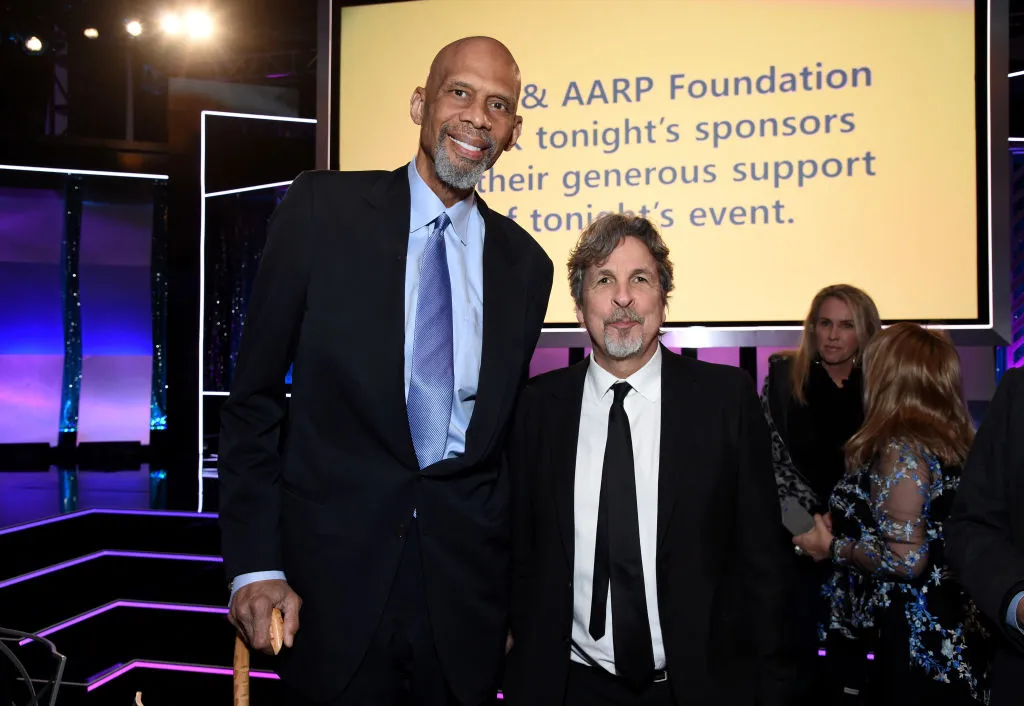
Kareem Abdul-Jabbar, one of the greatest NBA players of all-time, was quick to jump to Green Book's defense. Writing a guest piece for The Hollywood Reporter, he said, "While such discrepancies may irk family members, they don't really matter because those plot details are about getting to a greater truth than whatever the mundane facts are."
Abdul-Jabbar even defended Farrelly and his co-writer, both who have their own controversial pasts, saying, "the controversy embraces the movie's point that we can learn from the past to set us on a more enlightened path for the future."
Tony And Don's Lifelong Friendship Is Hard To Prove
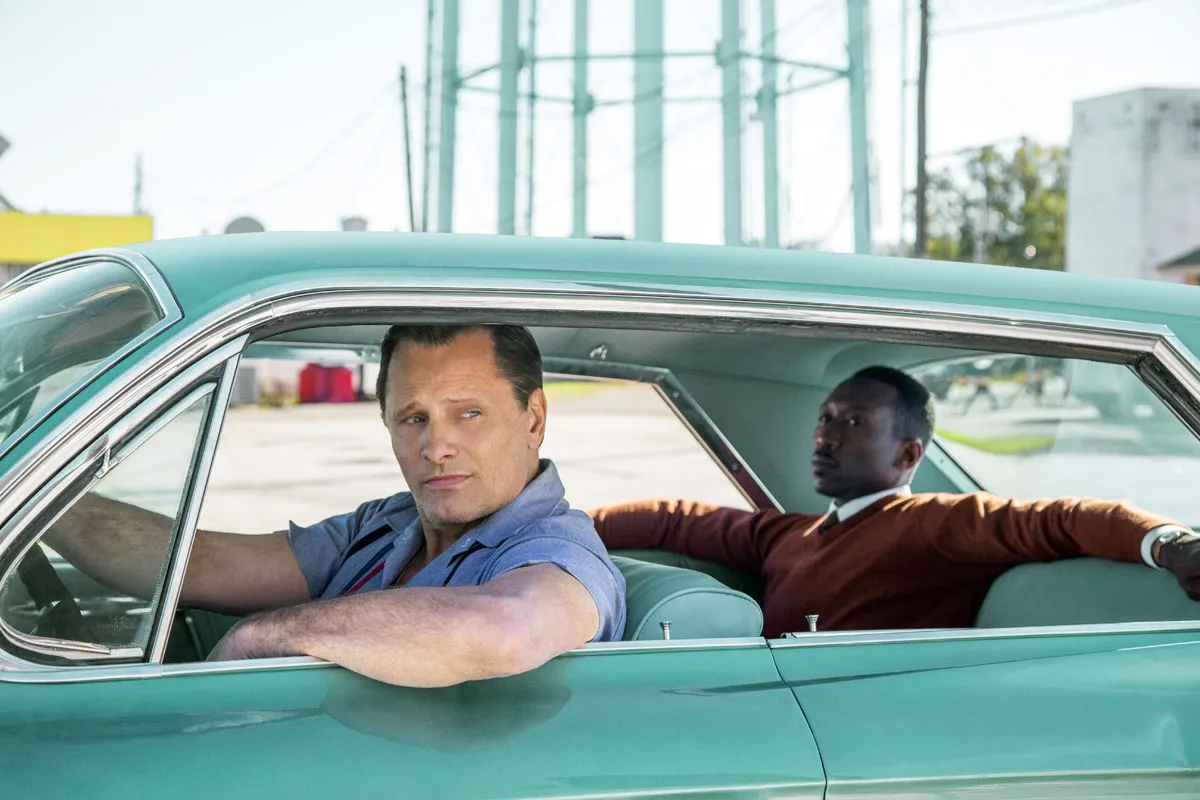
When the credits roll on Green Book, the audience is left with the impression that Don Shirley and Tony Vallelonga remained close friends until both passed away in 2013. The truth is a bit more complicated.
In an outtake from the documentary Lost Bohemia, Shirley said he trusted Tony "implicitly." He had to, because his life was "in this man's hands." Furthermore, Don's brother said Tony was never considered as anything more than an employee, "He fired Tony! Which is consistent with the many firings he did with all of his chauffeurs over time."
The Actual Green Book Isn't Explained Correctly
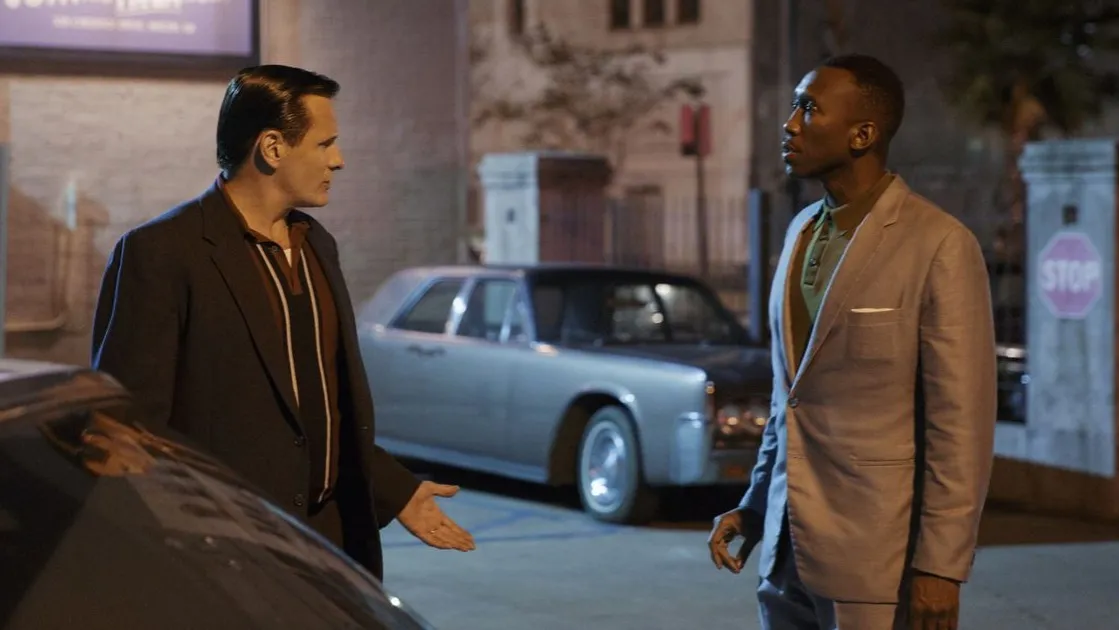
In 1936, Victor Hugo Green published the first edition of the Green Book. The guide was used to help black men travelling the country to identify safe hotels to stay at, safe restaurants to eat at, and other similar amenities.
In the film, the book is merely a prop piece, handed to Tony and described by a record executive as, "the book I told you about. Sometimes you're staying in the same hotels, and sometimes you’re not." These hotels were usually higher end establishments, too, not the worn down slums portrayed on screen.
Don Shirley Had Three Brothers In Real Life
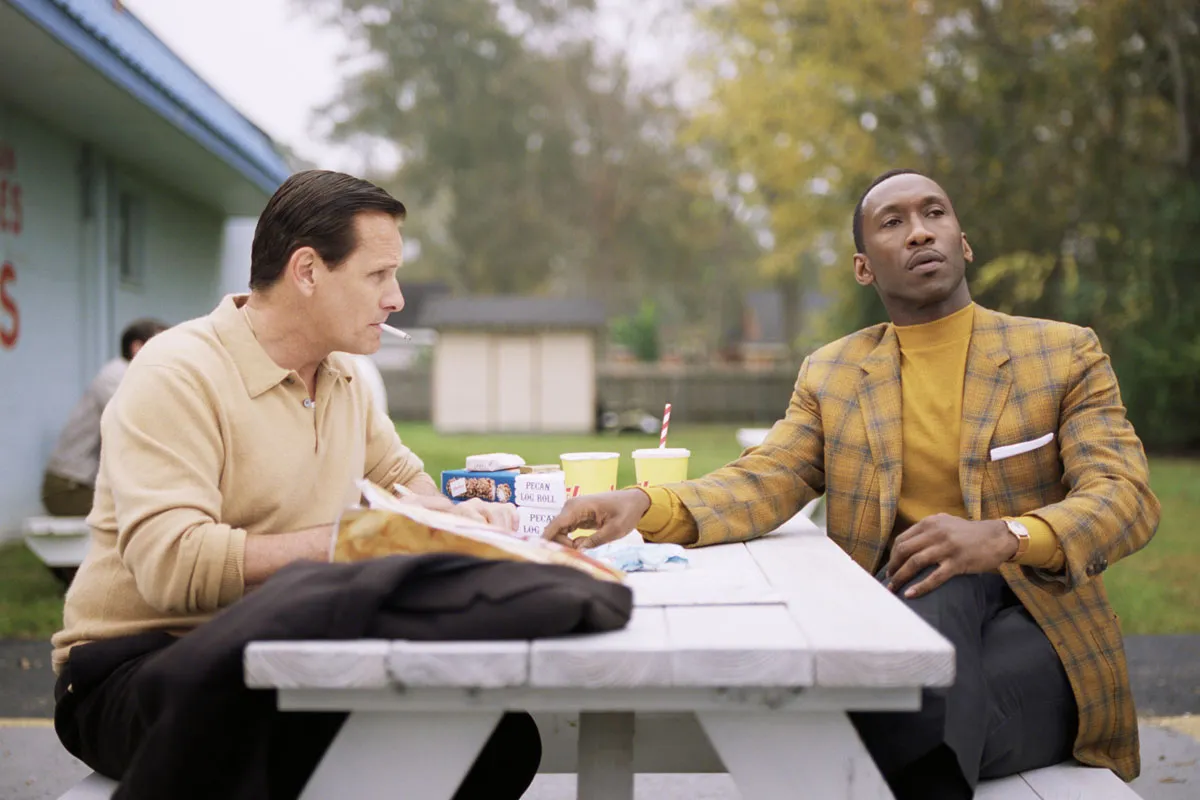
Green Book portrays Don Shirley as having one estranged brother. In this case, the movie could not be further from the truth. Shirley grew up in Pensacola, Florida with three brothers. The close-knit family stayed in touch, including during the tour shown in the film.
If you watched the film, then you remember Shirley tells Tony, "I have a brother somewhere. We used to get together once in a while… but it got more and more difficult to keep in touch. That's the curse of being a musician"
They Probably Didn't Drive Through A Sundown Town In Mississippi
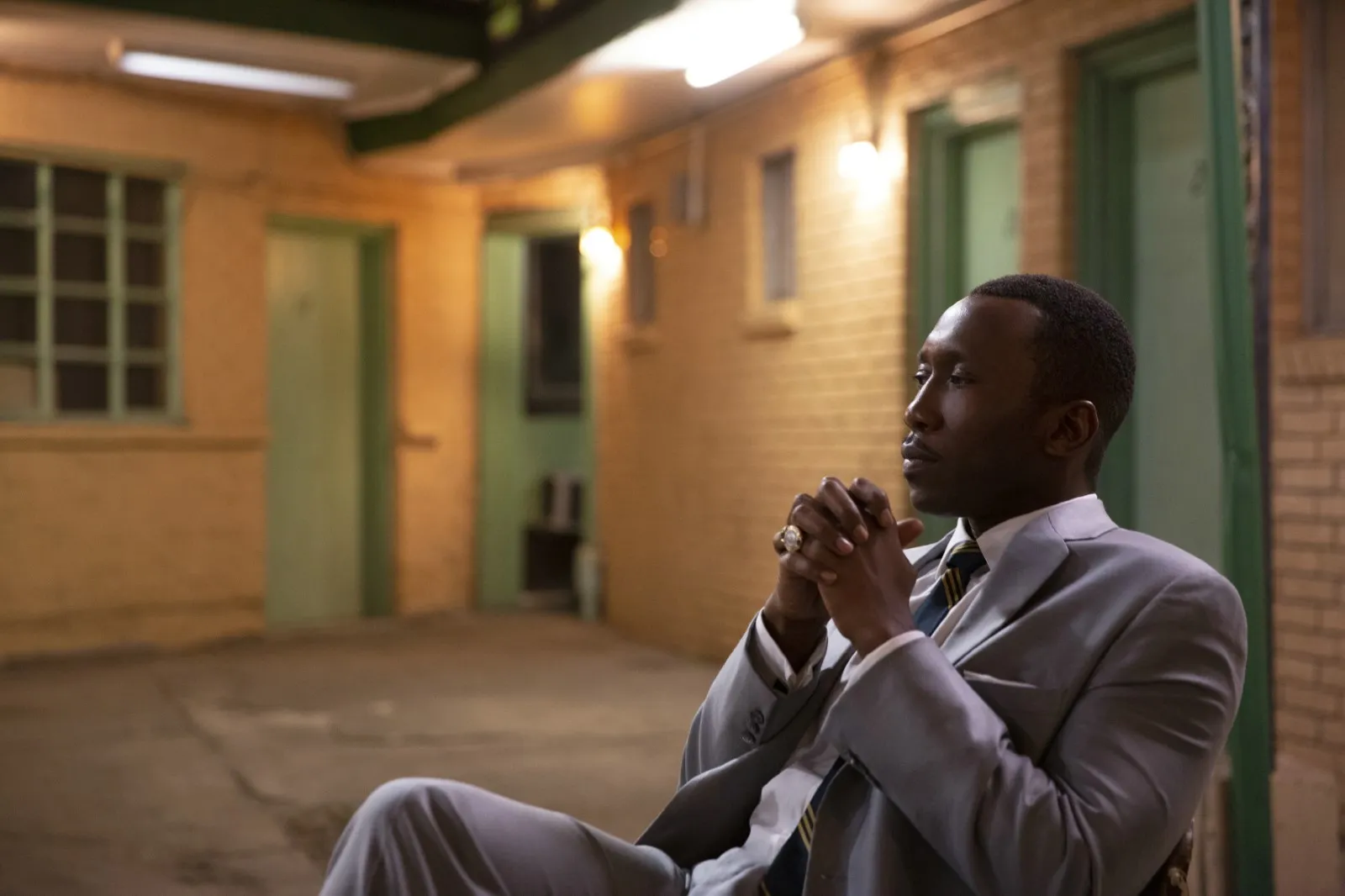
While sundown towns were a very real thing in the South in the '60s, the chances that Shirley and Vallelonga drove through one in Mississippie are slim. They were much more common in other parts of the country, and the scene was likely added to create more racial clarity about the time period for audiences.
Sundown towns, for those who don't know, were towns that became unsafe for people of color after the sunset. These towns began popping up in the 1800s and sadly, still exist in some parts of the country today.
Just How Unlikely Their Sundown Encounter Was
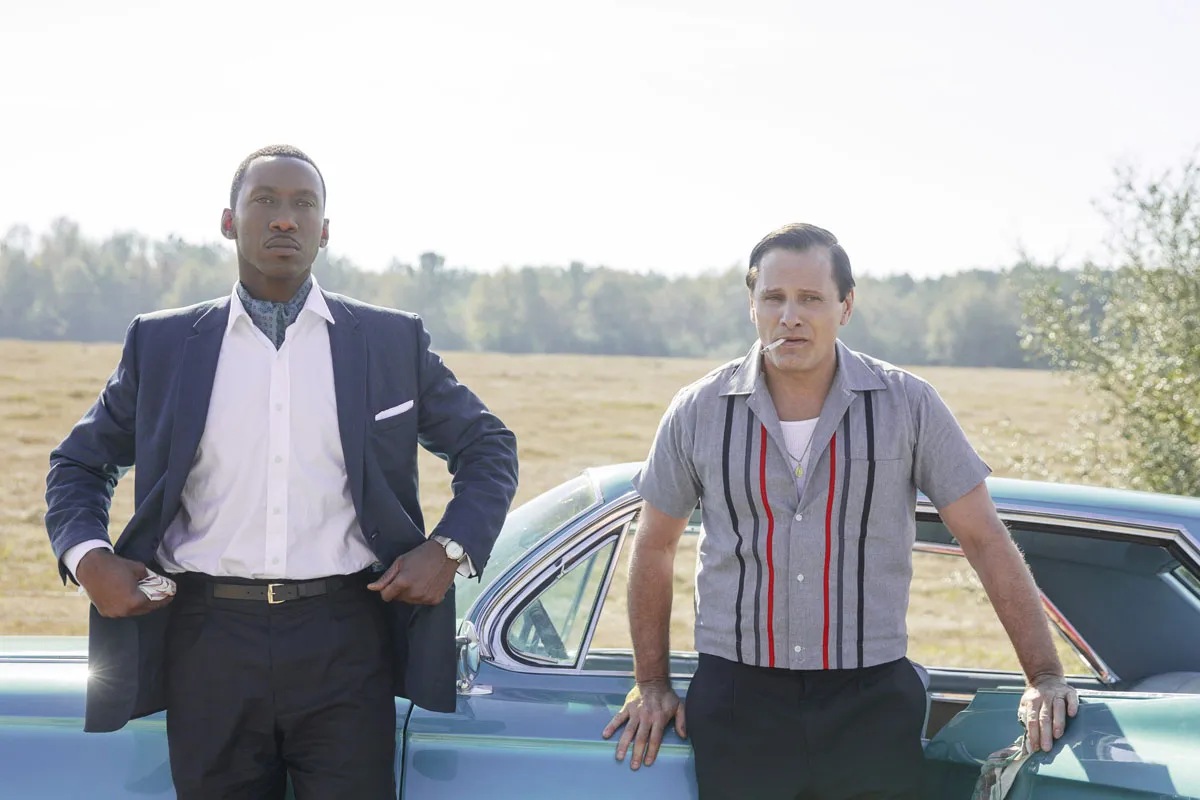
The author of Sundown Towns, James Loewen, described just how rarely sundown towns occurred in the south in his book. While researching the subject, he found three sundown towns in Mississippi, 506 in Illinois, and 400 in Indiana.
Speaking about scene in the movie, Loewen said, "I think it's a good movie, but its sociology about sundown towns is terrible... Sundown towns were incredibly rare in the South. This is in keeping, this treatment, with Hollywood's treatment of severe racism. If we have severe racism then it must be in the Deep South."
Shirley Was Not Arrested As Depicted
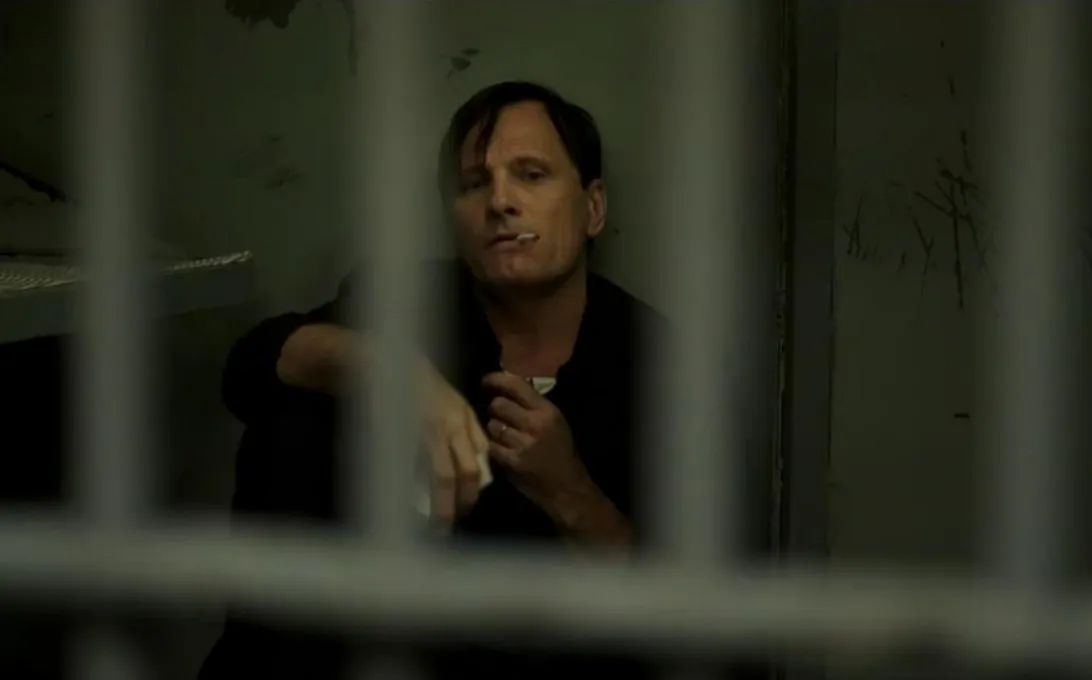
After Don Shirley and Tony Vallelonga are pulled over in the film, Tony punches the officer and both men are arrested. In reality, a version of this scene happened in real life, although Shirley was not arrested, only Vallelonga.
According to Shirley, he called Robert Kennedy to deal with the situation, "the chief of police answered the phone. He even, as dumb as he is, recognized Robert Kennedy's voice, as you recall, it was Robert’s voice distinctively, with his Boston accent. When he told them who he was, they couldn’t refuse him."
Shirley Did Refuse A Show, But Not His Final One
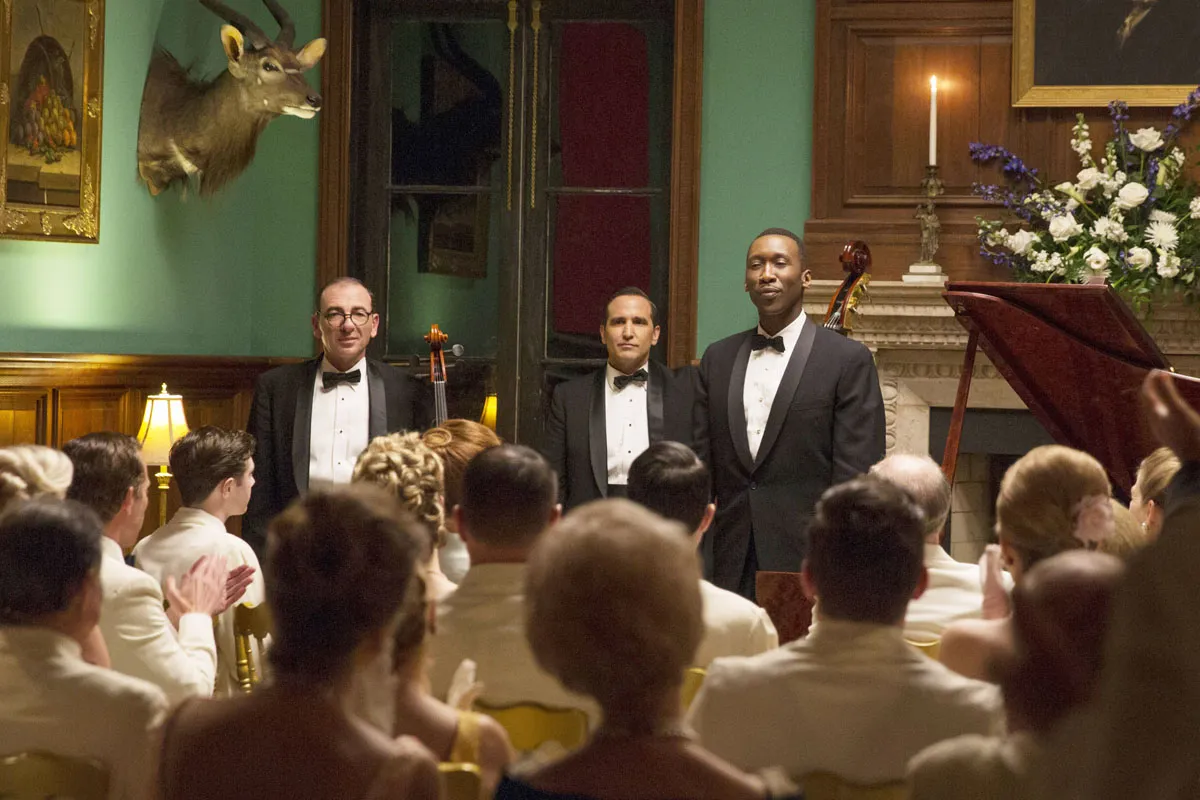
Green Book culminates when Shirley refuses to do his final show in Birmingham after the hotel refuses to serve him in the main room. Along with his band, they end up at The Orange Bird, a blues restaurant, and wow the crowd.
While the basis of the story is true, the incident actually took place in Virginia or Kentucky. Shirley performed a show, then was refused bar service. He recalled in an interview later walking past six men with rifles, getting in his car, and driving to Pittsburgh.
Some Dialogue Is True To Life
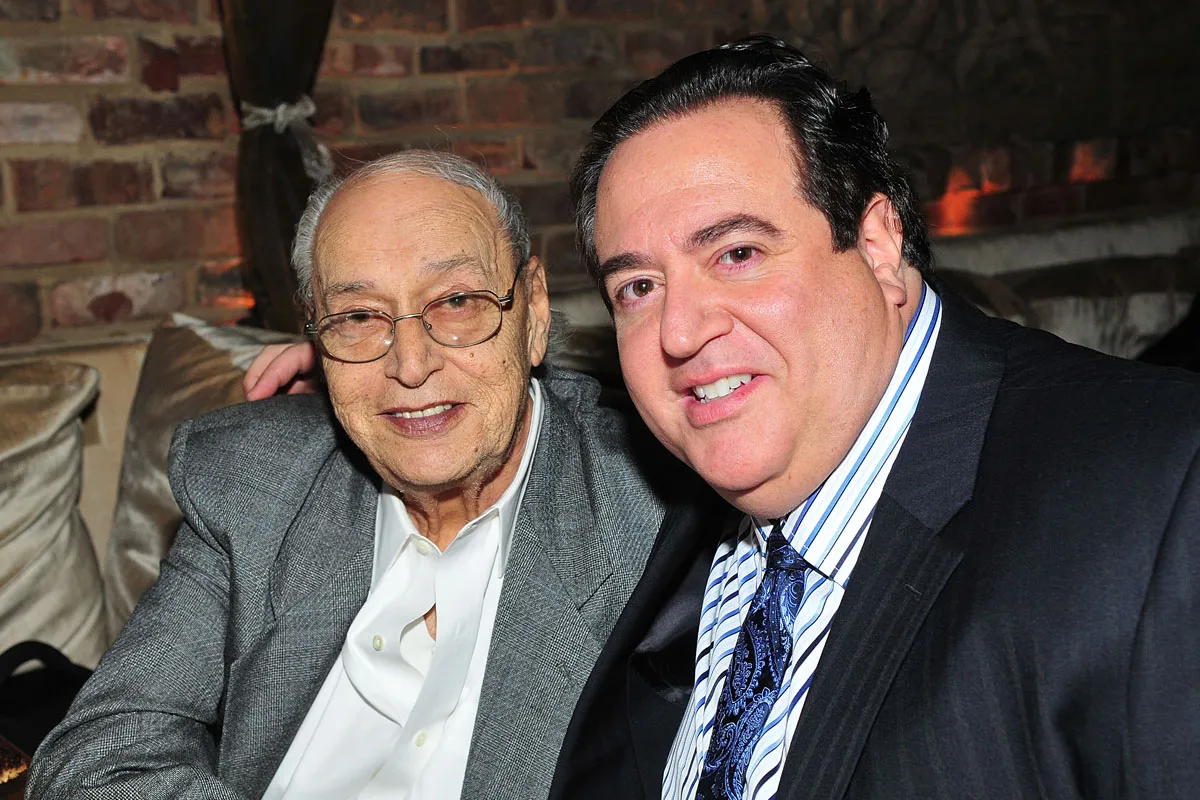
When he began developing the film, Tony Vallelonga taped interviews with his father and Don Shirley. He also used the letters written to his mother during the tour as reference. Because of this, a lot of the dialogue be wrote in the film verbatim what was said in real life.
About his father, Vallelonga made sure to include as much real dialogue as he could, "A lot of the words were right from his mouth when he was telling the story from when I taped him, a lot of the dialogue was right from there."
Shirley Did Not Consider Himself To Be An Entertainer
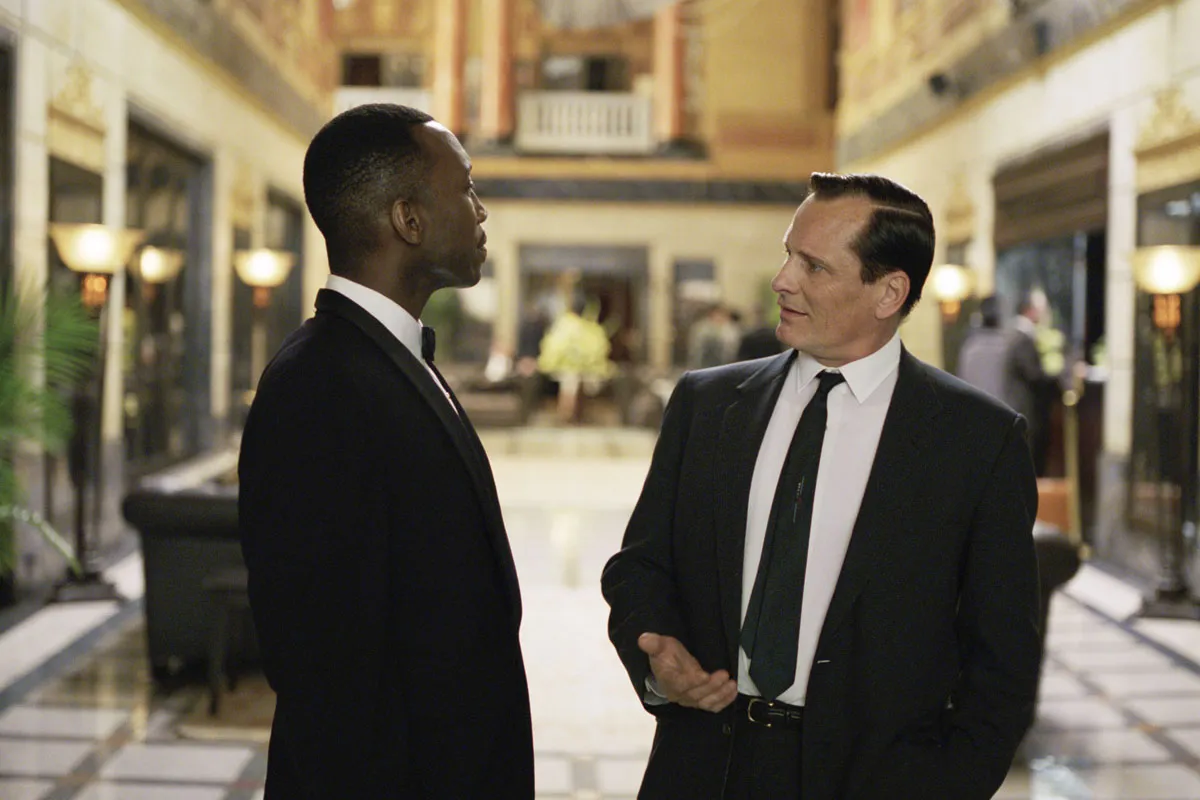
One aspect about Don Shirley that the movie gets correct is how he viewed himself; as an activist. In a 1982 interview with The New York Times the musician revealed, "I am not an entertainer."
Shirley wanted to "capture the black experience." He knew that by performing people would look at him one way. The truth is he only had one purpose in performing, to portray "the black experience through music, with a sense of dignity, that's all I have ever tried to do.’’
The Tour Lasted One Year
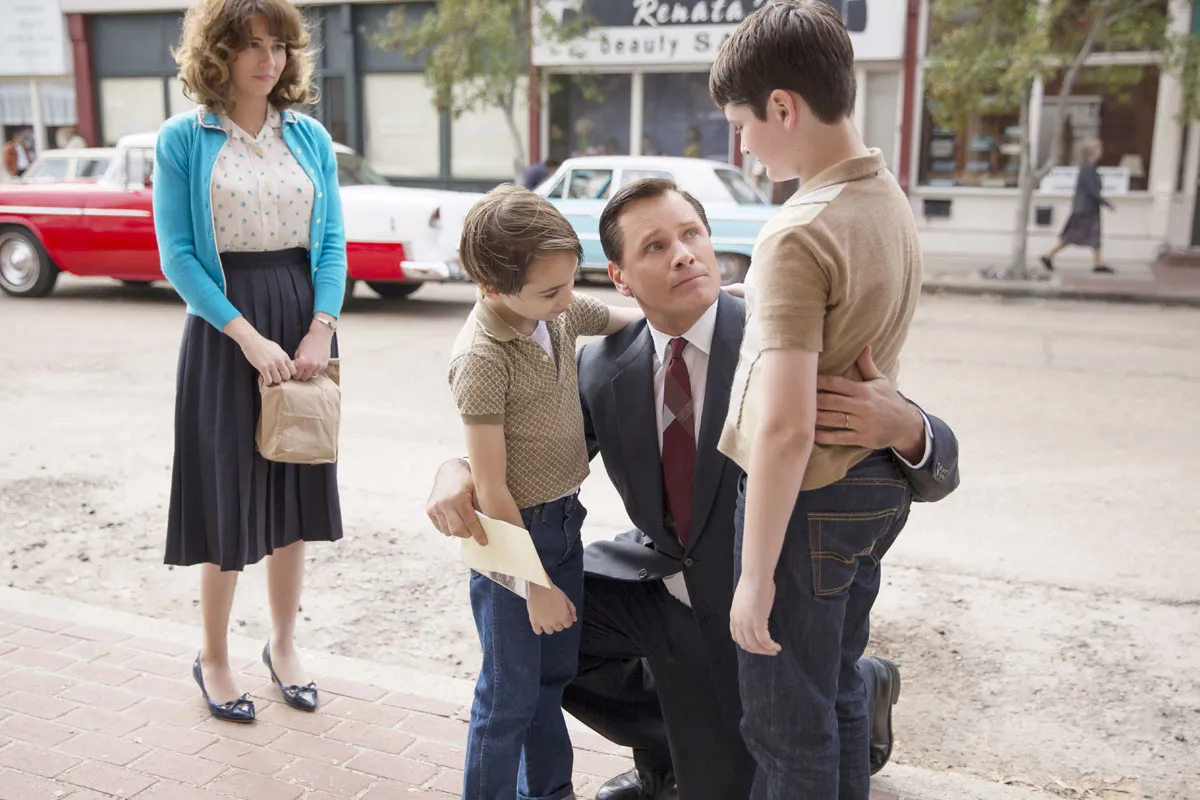
Green Book offers a very condensed version of Don Shirley's 1962 tour with Tony Vallelonga. In the film, the Italian American is hired to drive Shirley around during his eight week tour. In reality, the tour lasted a year, giving these two men plenty of time to bond.
Tony's son was only five-years-old when he dad took off on the tour, so the year long wait to see his dad again may have felt more like eight weeks. It also adds a sense of dramatic urgency to the racially tense tale.
Nick Vallelonga Admitted To Changing Some Events
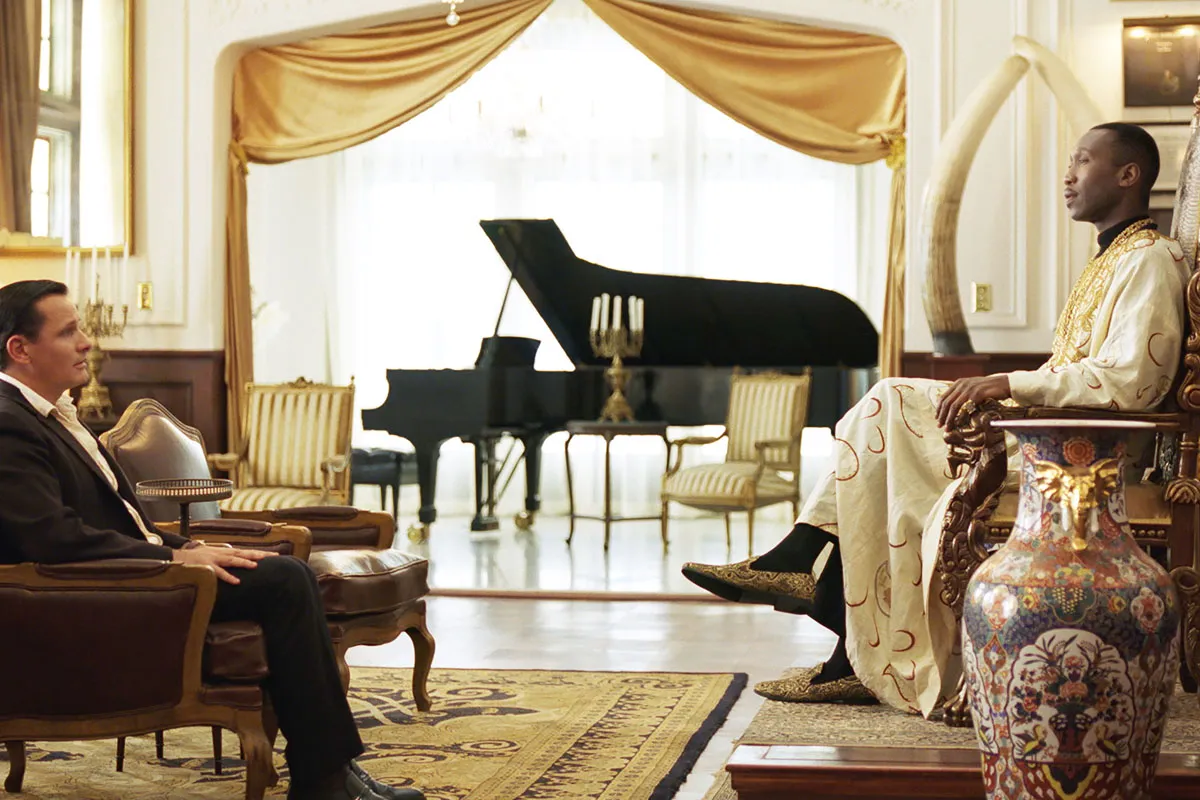
While we've examined two extreme points of view about Green Book, it's important to address this; Nick Vallelonga needed to write an entertaining film. To do this, even he admits to having changed some events for the good of the story.
Still, Vallelonga refuses to admit he told any part of Don and Tony's friendship inaccurately, "The only creative license we took was combining some stories, time-wise, what happened in this state might have happened in another state."
Was Only One Side Of The Story Told?
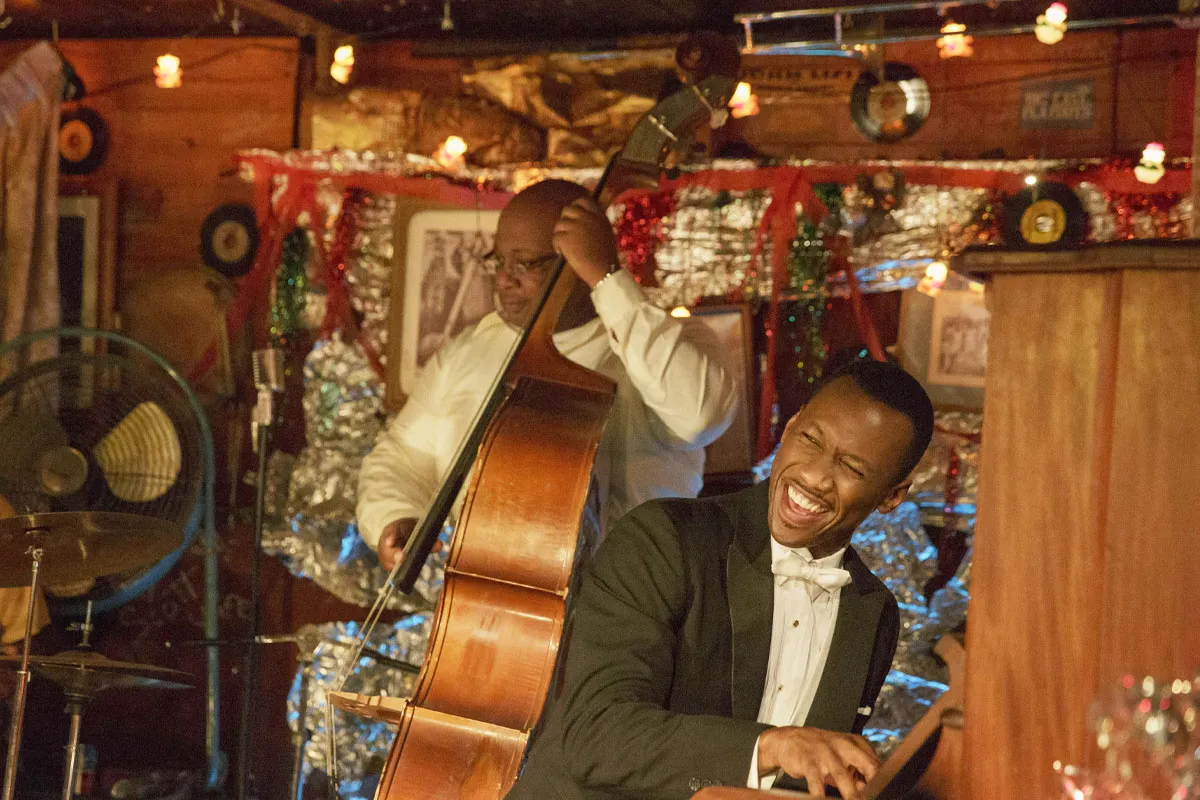
To further complicate the the truth behind Green Book, one of the reasons it has become so controversial is that only one side of the story was told. Nick wrote the movie based on first hand interviews, without consulting Shirley's family.
Missing out on both sides of the story is the thing that upset Maurice Shirley the most, "If the motive was to tell a true and authentic story, either about The Green Book and/or Donald Shirley, they clearly missed the mark!"
Peter Farrelly Said The Shirleys Refused To Participate
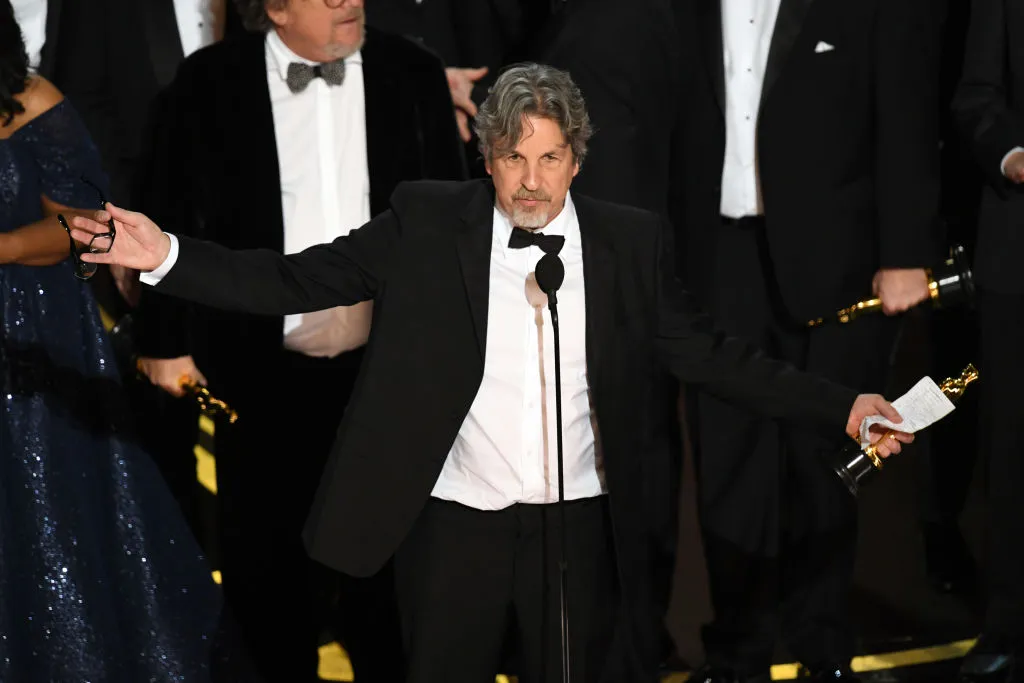
While there is no denying that the Shirleys did not participate in the development of the film, there is a debate about why that is. According to Peter Farrelly, "When we found out about the family, we tried to embrace them, and they're not having it right now, and it’s very disappointing."
Farrelly added that the family has every right to their opinion of Green Book. Although, even if they were involved, he doesn't think it would have changed the movie. As you know, the family doesn't feel the same way.
Don Shirley Was Not A Loner
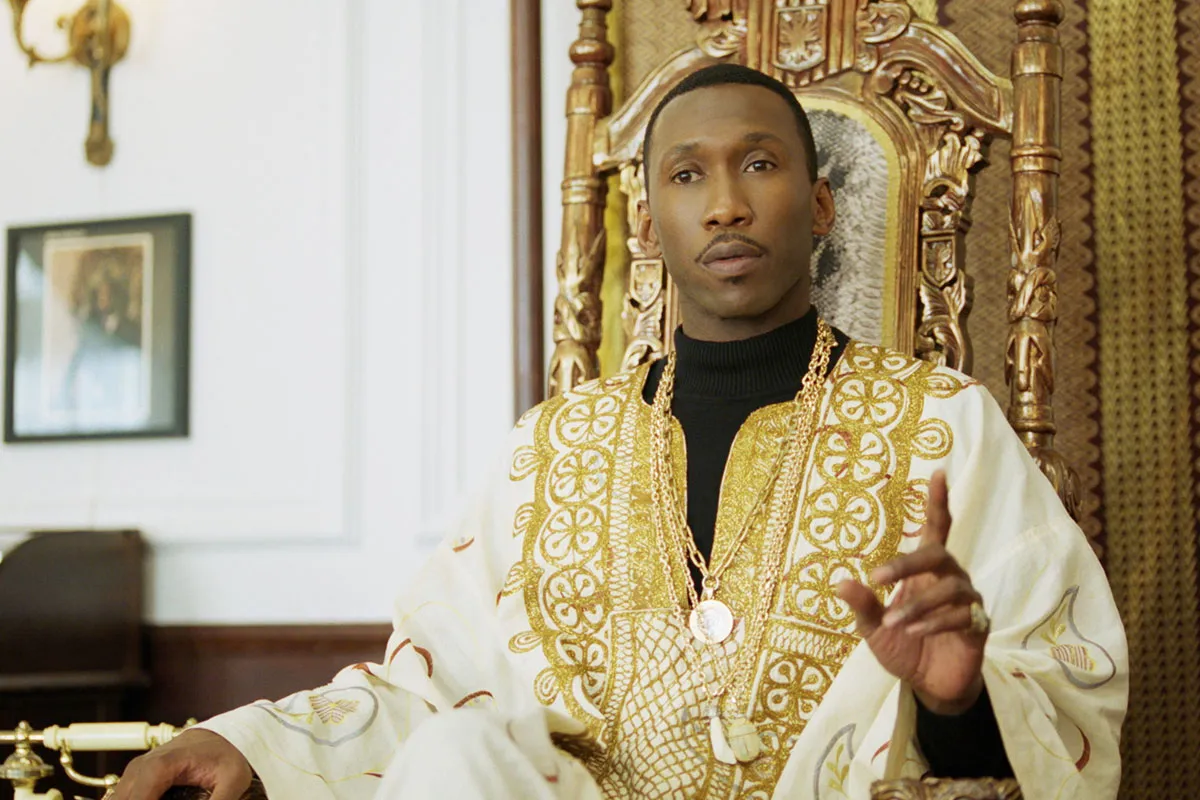
One misconception about Don Shirley that Green Book seems to reinforce is the idea that he was a lone wolf. Edwin, Don's nephew, has even said the movie shows a man who is "embarrassed by his blackness."
Edwin called the portrayal of his uncle as "hurtful." The real Don Shirley was not a lonely man. He was close to his family and was active in the civil rights movement. He was even friends with Martin Luther King and marched with the reverend in Selma.
Shirley Refused To Have The Movie Made While He Was Alive
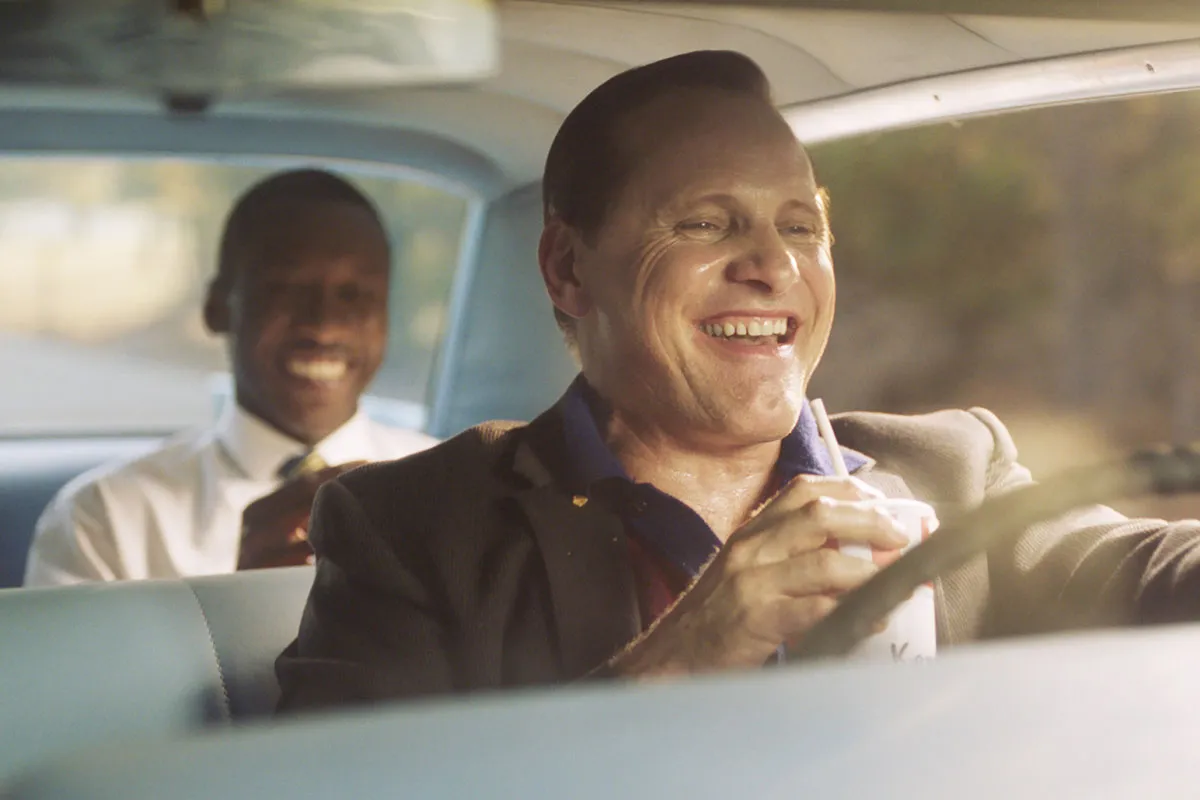
Perhaps Don Shirley knew that any movie about his life would end up creating controversy. When Nick Vallelonga originally approached him about making a movie, he said no. Shirley refused to let his story be told until after he passed away.
If you ask Edwin, Green Book is why, "God knows, this is the reason that he never wanted to have his life portrayed on screen." The Vallelonga's, and the Academy of Motion Picture Arts and Sciences for that matter, feel another way entirely.









